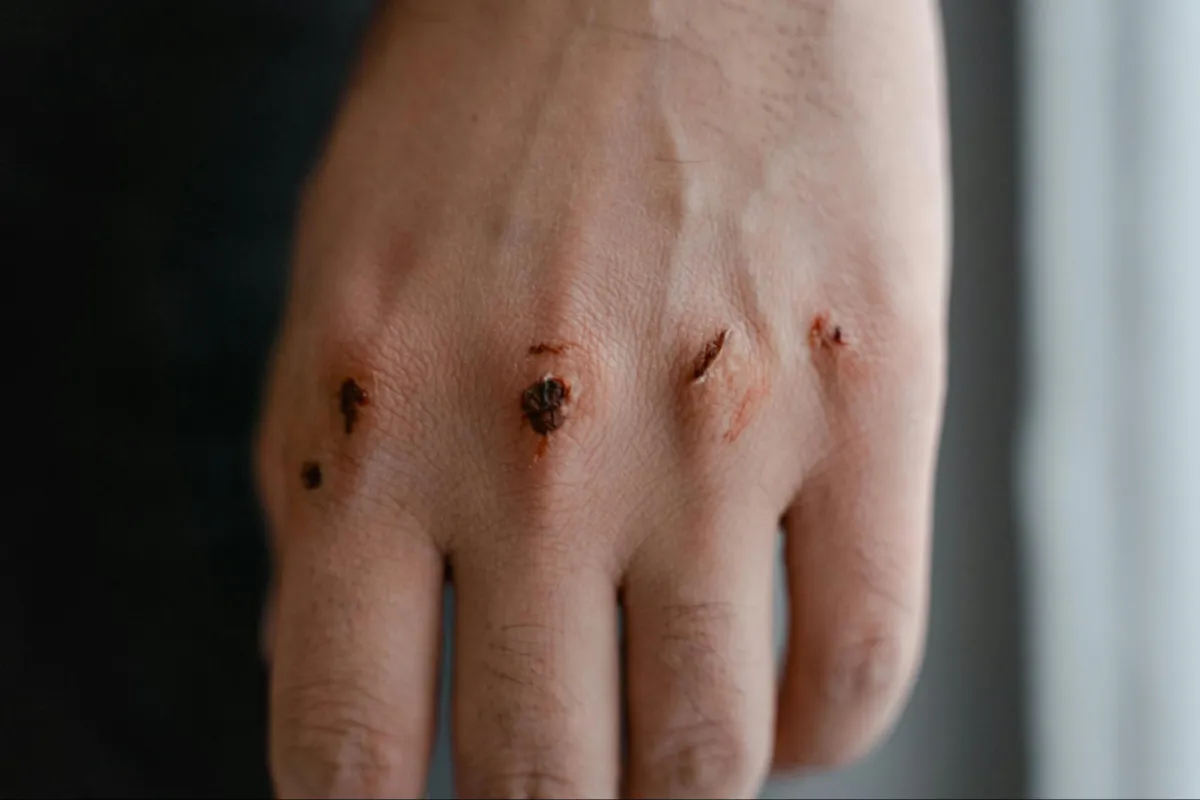Understanding and Dealing with Childhood Trauma
Childhood trauma is a common experience. A disturbing research suggests that about 64% of adults have experienced at least one adverse childhood experience by the time they reach adulthood. These traumatic experiences, ranging from neglect to abuse, can have profound and long-lasting effects on your physical, mental, and emotional well-being. Let’s explore this in detail.
Types of Trauma
There are two types of traumatic experiences: “Big T” trauma and “Little t” trauma.
1. Little ‘t’ trauma
Little t trauma refers to events that typically don’t involve disaster or violence but still lead to significant distress. For young adults, examples include a bad breakup, losing a job, or bullying. These incidents don’t threaten a young adult’s physical safety. However, they produce the same trauma response in adults and children as Big T trauma. For example, if you grew up being neglected by your parents, you may develop feelings of worthlessness.
2. Big ‘T’ Trauma
Big T trauma has three types.
- Chronic (ongoing) trauma: This trauma includes repeated sexual, physical, and emotional abuse.
- Acute psychological trauma: This includes the death of your loved one, a rancorous divorce, your parents going to jail, having a drug addiction, experiencing domestic violence, and so on.
- Life-threatening event or situation: These events may include school shootings, natural disasters, violent crimes, serious car accidents, extreme inequality, and war.
Both types of trauma significantly impact one’s physical and emotional well-being.
How Does Childhood Trauma Manifest Itself in Adulthood?
You can understand the impact of childhood trauma on the way the brain and body respond to stress. When a child experiences a traumatic event, their fight-or-flight response is triggered. As a result, their system fills up with stress hormones like cortisol and adrenaline.
Over time, this repeated activation of the stress response can damage the development of your immune, nervous, and hormonal systems, leading to an increased risk of physical and mental health problems in adulthood. There are numerous signs in adults that highlight the impact of trauma in adulthood. Some common symptoms include:
- Feeling anxious, sad, resentful, or irritable
- Flashbacks, frightening thoughts, or reliving the experience
- Having nightmares or difficulty sleeping
- Avoiding people or places that bring back disturbing memories and responses
- Becoming isolated from family and friends
Trauma can manifest itself physically. Some common physical symptoms of trauma responses in adults include headaches, stomach pain and digestive issues, or difficulty falling asleep. Additionally, childhood trauma also significantly affects mental health. Symptoms include:
- Depression and grief
- Suicidal thoughts
- Self-destructive or risky behaviors, such as substance abuse or self-harm
These symptoms of childhood trauma can lead to a PTSD diagnosis if they are left unchecked. However, diagnosis is only possible when symptoms last a month or more and are severe enough to interfere with daily functioning (work, social, personal, or academic). Childhood trauma is associated with a 45% higher risk of developing chronic pain and pain-related disability in adulthood. These include:
- Coronary artery disease
- Asthma
- Stroke
- Diabetes
Healing from Childhood Trauma
Healing from childhood trauma is possible. However, it requires a significant investment of your time, effort, and seeking professional support.
1. Seeking Professional Help
Seeking the guidance of a qualified mental health professional can help you explore the root causes of your trauma, develop effective coping strategies, and work through your emotional and behavioral issues.
Trauma-focused therapies are particularly effective in helping you process and overcome the effects of childhood trauma. These include:
- Eye movement desensitization and reprocessing (EMDR): EMDR is a six to 12 session therapy in which you focus on sound or back-and-forth movements. This focus helps you relive traumatic memories and process your emotions more healthily. As a result, you detach the mental injury from that memory.
- Cognitive processing therapy (CPT): CPT is a 12-session psychotherapy for PTSD patients. The central idea of CPT is to rewire your brain by changing your negative thought patterns revolving around trauma. As a result, it changes the way you feel.
Intensive therapy is highly effective in resolving trauma since studies show that 92% of participants no longer meet the criteria for PTSD after undergoing it.
2. Self-Care
Self-care and developing a solid support network play a vital role in your healing from childhood trauma. Try to engage yourself in activities that promote physical and emotional well-being. These activities include exercise, mindfulness, and spending time with your loved ones. By doing these activities, you will build resilience against trauma and regain control over your life.
3. Acknowledge the Trauma
Individuals who experience trauma as children learn to minimize or ignore their experiences. This is a trauma response wherein they are not ready to face their emotions and actively try to suppress them. This act of escaping reality prevents them from using the resources they need to heal.
As a result, one of the most critical steps in the healing process is to acknowledge and validate your trauma itself. Remember that the healing process is not smooth, and you will face many setbacks and challenges. Don’t be hard on yourself; be patient and persevere on the road to recovery.
Endnote
With proper support and resources, you can heal from trauma and recover into a fuller and more empowered life. By raising awareness, seeking professional help, and investing in prevention efforts, we can work towards a world where all children can grow up in a safe and nurturing environment.

Leave a Reply